English ballet erupted out of the second world war in the hands of the rival choreographers Frederick Ashton and Robert Helpmann, colleagues but of different instincts, one for dance, the other for drama. The case is currently being made for each by the Royal Ballet and Birmingham Royal Ballet.
But how to revive the sensations and imaginings of the 1940s? It was long before most of us were even born, and more than any other art form ballet is dependent on evoking memory, atmospheres, intangible associations. Ashton, who emerged as the creative giant of the Royal Ballet’s nurturing, has recently been as out of fashion as furs and cocktail parties. He’s a choreographer of period, atmosphere so densely and excitingly sealed in its own mystery, its special references, that the dancers become our decoders, the experts with the key to the treasure, nowhere more crucially than in his two supreme masterpieces, 1946’s Symphonic Variations and 1948’s Scènes de ballet.
As the current Manon run is showing, today’s Royal Ballet is far more sure-footed with Kenneth MacMillan’s big emotions than Ashton’s Mozartian exactness. And yet his precision, elegance and bravura, his text, blaze through even indifferent, uncomprehending performances, as we had too much of on the first two nights. The opening go at Scènes de ballet, and the second night’s Symphonic Variations, shouldn’t have left the rehearsal studio in that state. It’s not my fallible memory that tells me that, it’s the text.
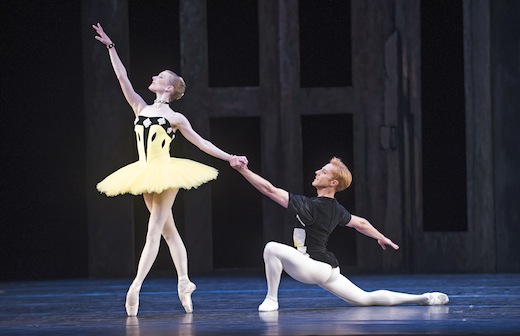
Lines falling apart everywhere in Scènes undermined the ballet’s basic graphic quality, which is its mesmerising Euclidean geometry, the 18 dancers designed to be watched (Cunningham-like) from all angles. Without that spatial precision, whipped along by Stravinsky’s syncopated music, all the atmospheric deliciousness — the midnight mystery, the peerlessly chic ice-blue tutus and sexy berets and pearls, the surreal ruins and Ashton’s cool daring in punctuating the geometric lines with explosions of technical tricks — all of this goes by as nothing. On the first night Steven McRae and Sarah Lamb seemed unsure what to deliver other than steps, while the corps were all over the place. The second night’s new line-up were no better. Feet, hands, wits, everybody! Whoever rehearsed them lacked love in their heart and rigour in their eye.
Still, all was beauteous with the first night’s Symphonic Variations, an enchanting 19 minutes of purest spring refreshment, with Franck’s romantic piano concertante (under Emmanuel Plasson) pouring sweetness into the ears. The sextet seemed under a mutual spell, led by a serene Marianela Nuñez, while Vadim Muntagirov, recently arrived from English National Ballet, wrapped himself nobly in Ashton’s tessitura as if it were made for him. And yet with the next night’s cast Muntagirov seemed less at ease, and Melissa Hamilton demonstrated that personality isn’t enough when your feet are sloppy and you’re lagging behind.
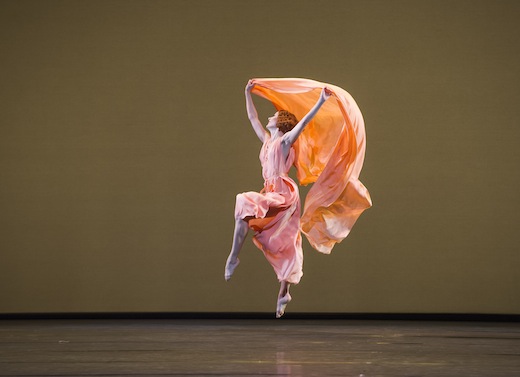
Ashton’s later dramatic ballets are by contrast practically shorthand as texts, requiring a tangential approach, instincts for characterisations not of today, perfume in the air. Both Five Brahms Waltzes in the Manner of Isadora Duncan and A Month in the Country evoke the ghost of Lynn Sey-mour, for whom Ashton made them, and whom you only had to see once to be injected with her poison. Resisting nostalgia’s lure was impossible in first night’s Isadora for the rather literal Helen Crawford, easy on the second, in young Romany Pajdak’s urgent vitality (unmatched in certainty by the pianist, unfortunately).
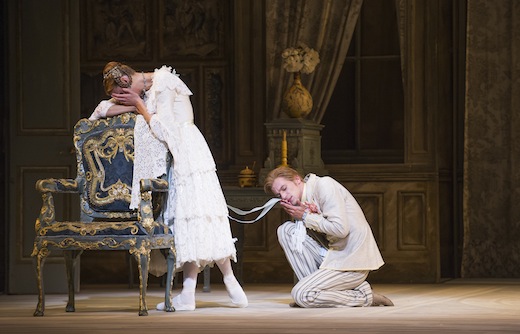
There was no text extant, only subtext, when Gillian Lynne bravely recreated Helpmann’s 1944 Miracle in the Gorbals for BRB’s triple bill Shadows of War. The arresting Edward Burra designs and Arthur Bliss score brought that era’s tension boldly to life, but the necessarily sketchy new choreography had not Helpmann’s oyster-eyed ambiguity to enrich the role of the saintly Stranger, nor real bombers overhead to add a frenetic edge to the nicely chirpy street life. César Morales, looking tremendously pi in white hippy-trail calico, died like a small kitten in the Glaswegian mob, rather than like God in the abyss. With a much braver interpreter, this ballet could live again. David Bintley’s bubbly Scottish-themed Flowers of the Forest came up fine, its modest technicality within the scope of Birmingham dancers, unlike Kenneth MacMillan’s La Fin du jour, a jazzy cocktail that they made look much too difficult for them. Not the text’s fault.
Got something to add? Join the discussion and comment below.
Get 10 issues for just $10
Subscribe to The Spectator Australia today for the next 10 magazine issues, plus full online access, for just $10.
You might disagree with half of it, but you’ll enjoy reading all of it. Try your first month for free, then just $2 a week for the remainder of your first year.

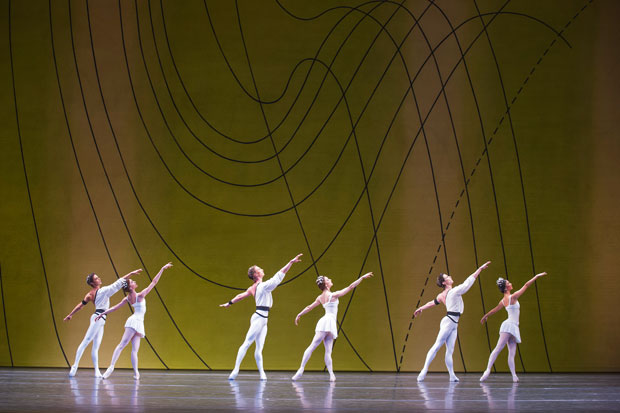
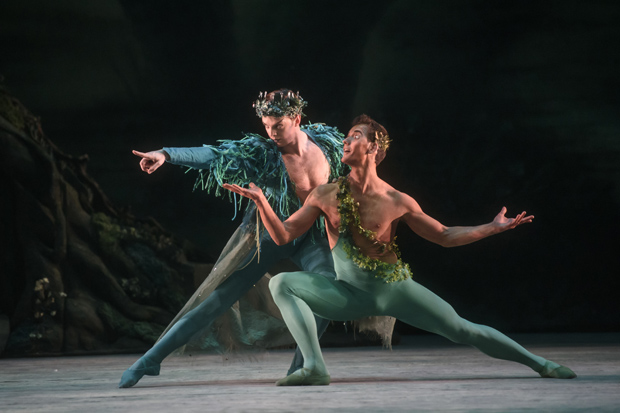
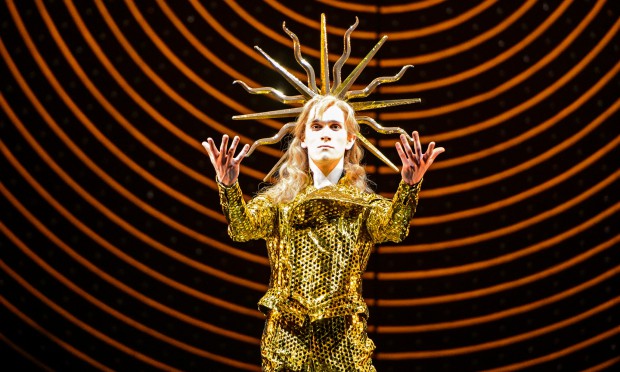
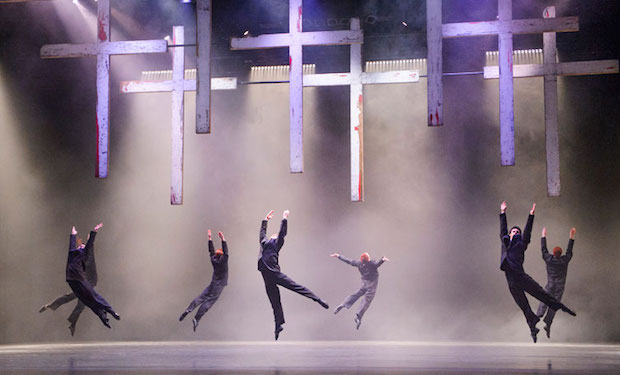
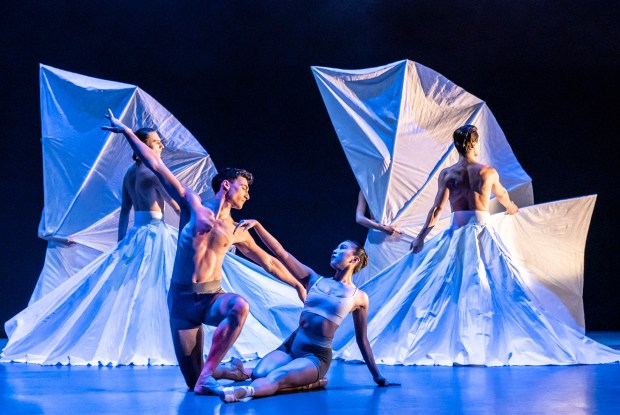
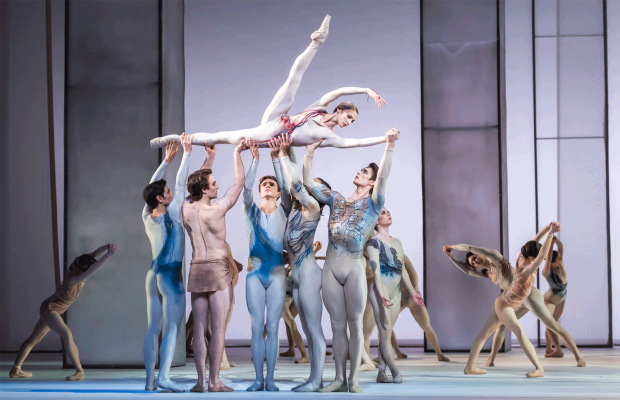
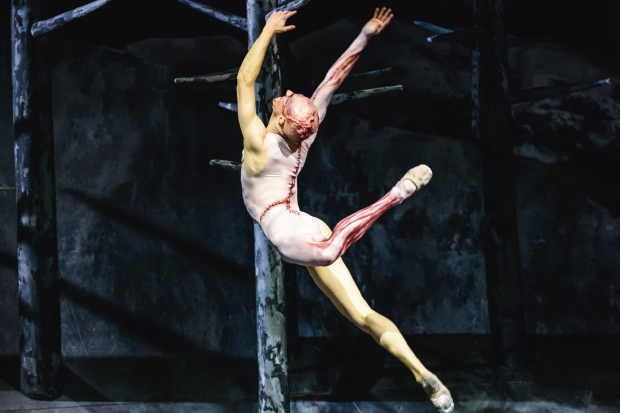






Comments
Don't miss out
Join the conversation with other Spectator Australia readers. Subscribe to leave a comment.
SUBSCRIBEAlready a subscriber? Log in